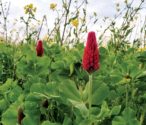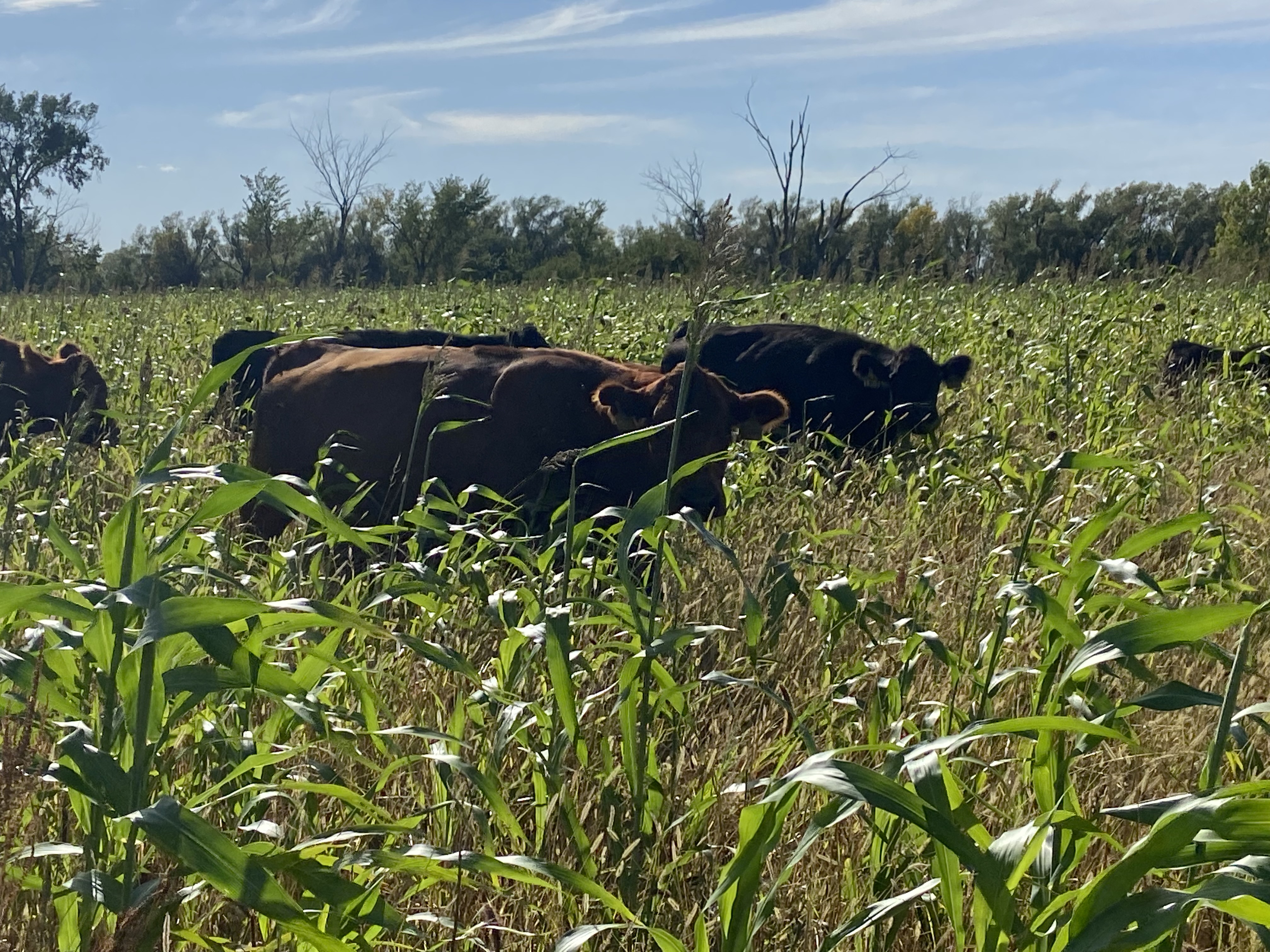Advertise Follow Us
Articles Tagged with ''Cover crops''
No-Till Passport Series
No-Till Farmer Influencers & Innovators
[Podcast] Joel Myers on the Rise of No-Till Pennsylvania
For this episode of the No-Till Farmer Influencers & Innovators podcast, brought to you by The Andersons, podcast focuses on the early days of no-till in the keystone state. Joel Meyers is nearing retirement now, but for 20 years as the NRCS State Agronomist for Pennsylvania, he helped to advocate no-tillage for the gently rolling hills and steeper slopes in Northern Appalachia.
Read More














